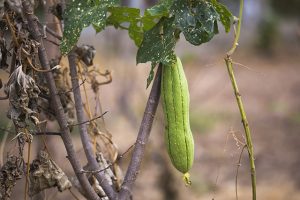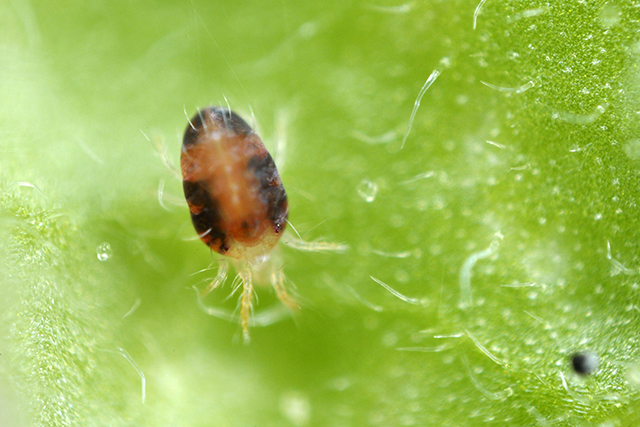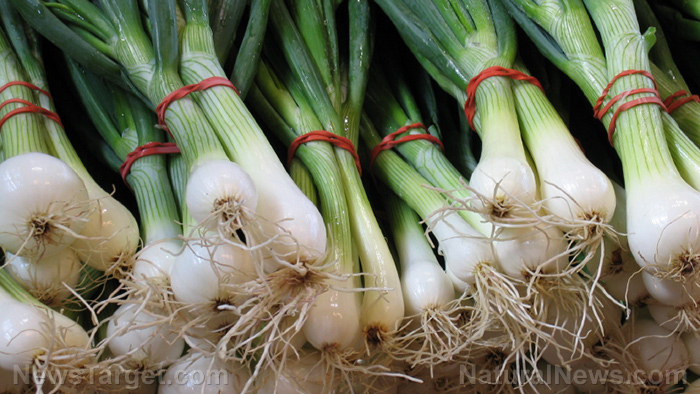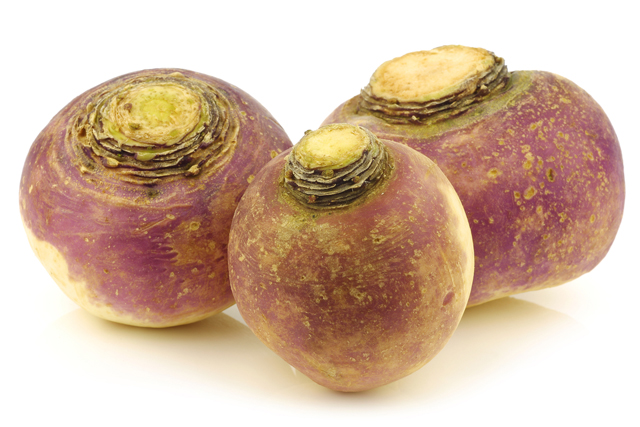Luffa – sources, health benefits, nutrients, uses and constituents at NaturalPedia.com
07/29/2017 / By Jhoanna Robinson
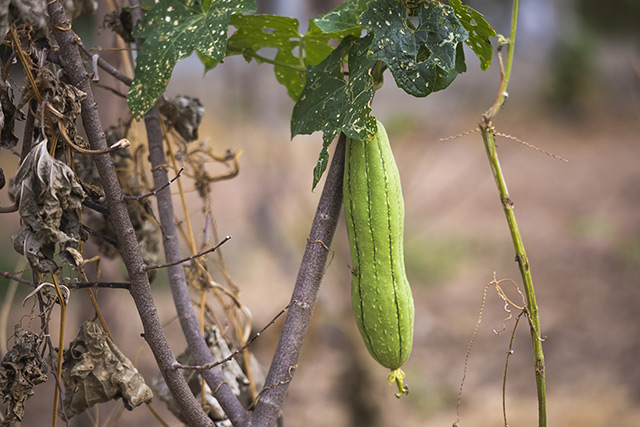
Luffa, which is the fruit of a subtropical and tropical vine, is endemic to central and eastern Asia, including the Indian subcontinent and is a member of the cucumber family.
Luffa is also called vegetable gourd, angled luffa, smooth luffa, Taiwan luffa, Chinese okra, ridge or ridged gourd, silk or sily gourd, and sponge gourd. It features mainly in regional cuisines in India, particularly in Kerala, Andrha Pradesh, Karnataka, and Maharashtra, and in stir fries in Vietnam. As it matures, luffa can no longer be eaten as it becomes hard and fibrous. However, it becomes a great tool in removing dirt and grease when taking a bath, or a loofah, hence its name.
Luffa is known by other names in different countries: netzgurka in Germany; petole and courge torchon in France; dhodka and ghia-torai in India; ljufa in Russia; and su sa mi oe in Korea, among others. It grows best on well-drained soil and on bushy plants that are 30 feet (nine meters) long. Luffa’s leaves are dark green with silvery patches. Its flowers are yellow and bloom during the summer. Its fruit has smooth green skin, white flesh, and flat, black ovate seeds, and tastes like zucchinis.
List of known nutrients
- Calcium
- Carbohydrate
- Copper
- Iron
- Magnesium
- Manganese
- Phenolic Acid
- Phosphorus
- Potassium
- Protein
- Selenium
- Sodium
- Zinc
- Vitamin A
- Vitamin B1 (Thiamin)
- Vitamin B2 (Riboflavin)
- Vitamin B3 (Niacin)
- Vitamin B6 (Pyridoxine)
- Vitamin B9 (Folic Acid)
- Vitamin C (Ascorbic Acid)
- Vitamin E
- Vitamin K
Medicinal uses for luffa
Luffa has cerebroprotective properties, meaning, it impacts behavioral improvement and can be used to treat cerrebral ischemia, or the inadequate blood flow to the brain, which results in brain tissue death due to poor oxygen supply.
Due to the presence of flavonoids and phenolic acid in luffa’s seed extract, it boasts of antioxidant, anti-inflammatory, and analgesic properties. As such, it can be used to treat peptic ulcers and indigestion.
Luffa has antimicrobial properties due to the presence of methanol extract and ethyl acetate extract. These extracts hinder the growth of bacteria such as Escherichia coli, Pseudomonas aeruginosa, Staphylococcus aureus, and Subtilis. As such, luffa can be used to treat bacterial, fungal, and viral infections.
Luffa can fight cancer-causing elements. It also has antihyperlipidemic and antidiabetic properties.
Luffa can be an effective treatment for diabetes. Magnesium, a mineral found in luffa, is essential for glucose metabolism. Scientists found out that a 100 milligram magnesium intake per day can help lessen the chances of incurring diabetes by 15 percent.
Luffa is an effective treatment for anemia, which occurs when there is inadequate red blood cell production in the body. The vitamin B6 in luffa alleviates the symptoms that are experienced by anemic people, such as aches and fatigues, and prevents such symptoms from occurring.
Luffa is good for migraines. According to a study that was published in Expert Review of Neurotherapeutics, luffa’s 300 mg magnesium content is responisble for lowering the recurrences of migraines.
The iron supply in luffa prevents poor brain memory. It also decreases instances of restlessness, inattentiveness, and irritation.
Luffa is believed to induce menstruation (emmenagogue), expel parasitic worms frm the body (anthelmintic), relieve flatulence (carminative), facilitate blood circulation or blood flow in the body, induce vomiting (emetic and cathartic), relieve the bowels of water (hydragogue), and increase the flow of a mother’s milk (galactagogue). It also has antiseptic properties.
In India, luffa is used to treat dysentery and snake bites. In the Philippines, it is used to treat orchitis, or the inflammation of the testicles. In Western Uganda, it is used to induce childbirth.
Body systems supported by luffa
Luffa is good for eye health. It can be used to treat dry eyes and reduce the risk of eye ailments.
Luffa contributes to effective muscle and tissue repair and is essential for energy retention as it helps break down proteins and carbohydrates. It also provides muscular strength.
Luffa is good for skin health. It replenishes dead skin cells, leaving skin feeling smooth and wrinkle-free, and also slows down the aging process. The vitamin C in luffa facilitates the production of protein to form tendons, blood vessels, ligament, and skin, providing for a faster wound-healing process.
Ways to use luffa
Luffa can be stir-fried or used in curry as a vegetable.
Where to learn more
Summary
Luffa can be an effective treatment for diabetes.
Luffa is good for migraines.
The iron supply in luffa prevents poor brain memory.
Luffa is good for eye and skin health.
Sources include:
Tagged Under: luffa

